California Debates New Dams as Drought Looms
With the threat of another year of drought, California is embroiled in a hot debate about the best way to spend public money to improve the state’s water supply.
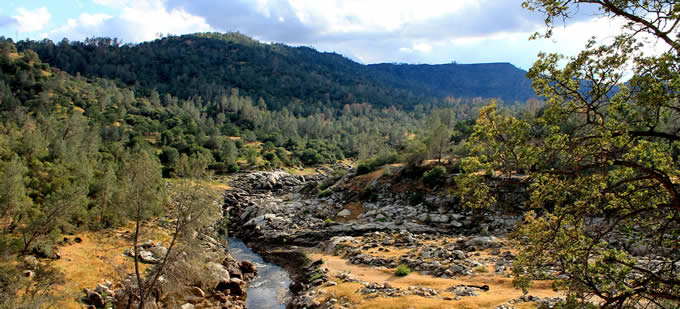
As California appears to be headed into another year of drought, a debate is raging about how to spend the $2.7 billion provided for increasing the state’s water supply by the 2014 Proposition 1. The California Water Commission, through the new Water Storage Investment Program (WSIP), must allocate the funding with a competitive application process by 2022. Water agencies, and one NGO, have submitted 12 proposed projects to the WSIP, ranging from a $22 million groundwater project near the San Joaquin River National Wildlife Refuge, to the $5.2 billion Sites Reservoir to be located in Antelope Valley some 10 miles west of the Sacramento River. Click here to see an interactive map of the projects.
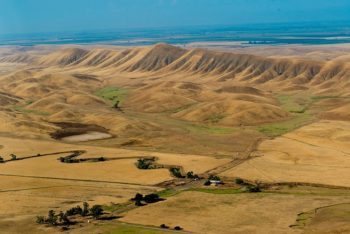
Proposed Sites Reservoir location | Photo: Sacramento River Preservation Trust
The Water Commission worked with staff and stakeholders, including American Rivers, for over a year to develop regulations for spending the money. The WSIP can only fund costs associated with the “public benefits” of projects, defined as: ecosystem improvements, water quality improvements, flood control, emergency response, and recreation.
The Water Commission also established numerous eligibility criteria, and therein lies the rub. The criteria require that the “public benefit ratio” must be greater than 1, meaning the value of the public benefit provided by the project must be greater than the cost of providing it. Project applicants provided estimates of their public benefit ratios that ranged from 1.47 to 6.10. However, the Water Commission evaluated the ratios according to their stated methodology, and revised all of them downward, dramatically. The Commission gave four projects a score of zero – meaning they saw no credible benefit to the public – and no project scored above 1.
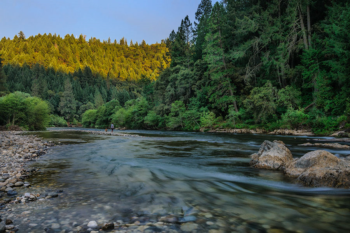
Bear River (Proposed Centennial Dam) | Photo: Gary Moon
Project proponents had until Friday, February 23 to appeal the revised public benefit ratio, and the Commission will make final determinations on the ratios by May 3rd. The Water Commission will determine by the end of July 2018 how much funding any proposed project could receive.
The prospect that no project would receive funding from Proposition 1 has caused a predictable ruckus in Sacramento, with eight pro-dam legislators sending a letter recently to the Water Commission urging it to fund new dams, and the leaders of the Assembly and Senate applauding the Water Commission for its rigorous review of applications.
If this winter continues its current pace as the third driest on record, the Water Commission can expect to face increasingly desperate calls to fund new dams.


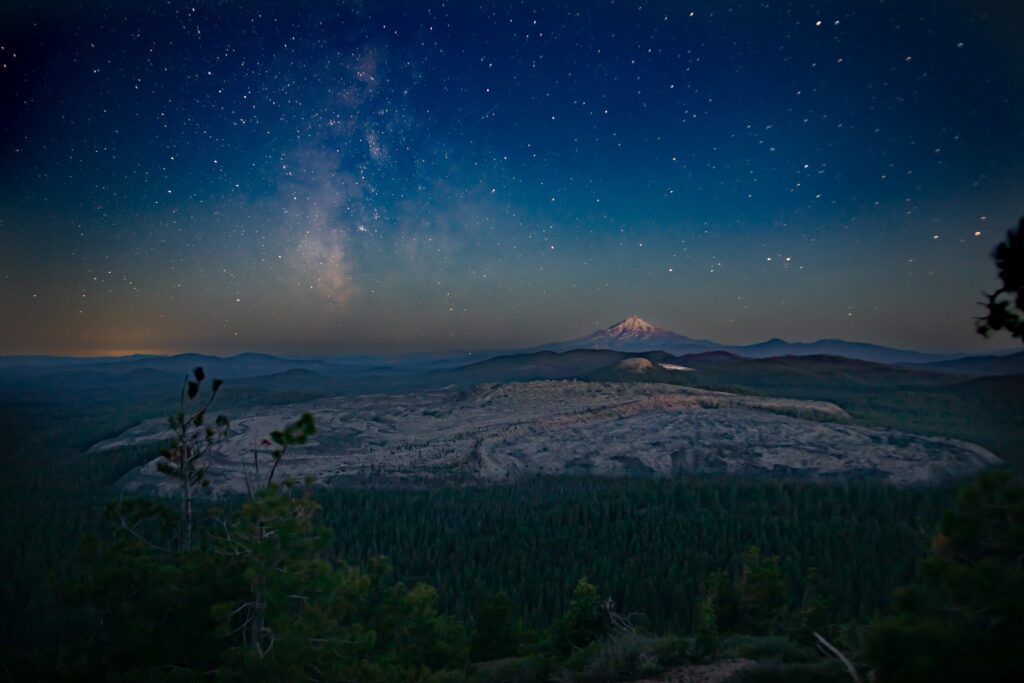
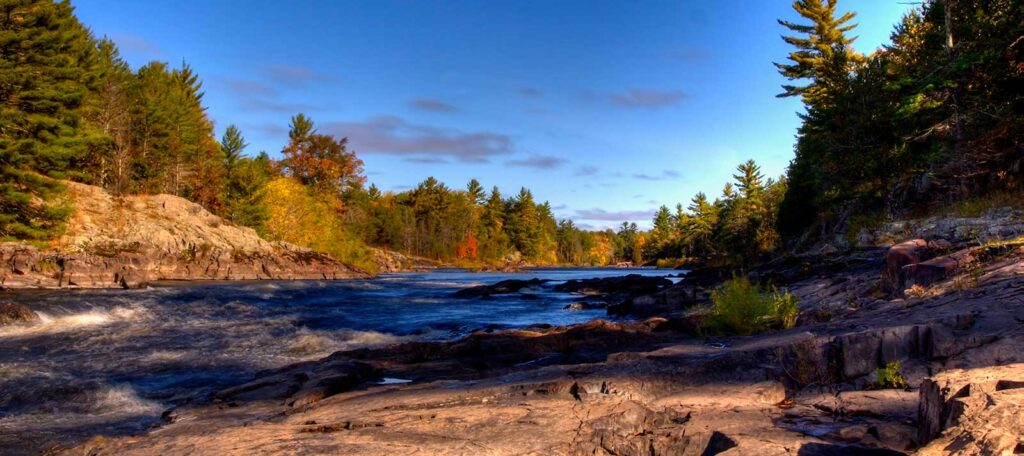
4 responses to “California Debates New Dams as Drought Looms”
Build the dams for water storage and power generation
How about building desalination plants. They have worked well for several countries, for example Israel. There is a nearly unlimited supply of salt water all along the California coast and desalination would provide independence of rainfall and availability of groundwater and would therefore bring tremendous advantages!!
Agree with Patrick, great idea. Get Elon Musk on that ASAP!
Also:
•We need better/more efficient (rain) catch basins.
•Higher residential water prices, you use, you pay.
•Lower farmer rates (they’re growing food for gosh sakes)
•MANDATORY conservation.
•Each home should be required to use gray water for outside.
Solar energy powered pumps to help reduce or stop flooding in the southeastern U.S. and pump the needed water through pipelines from the Southeast states to California and Western USA.